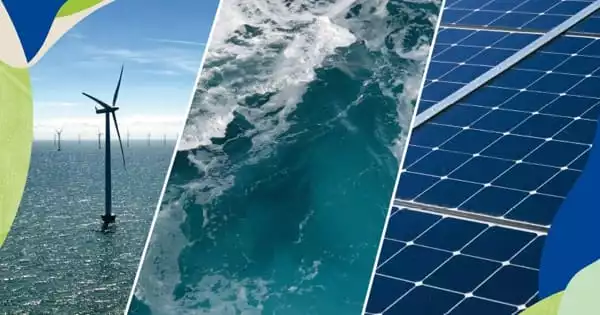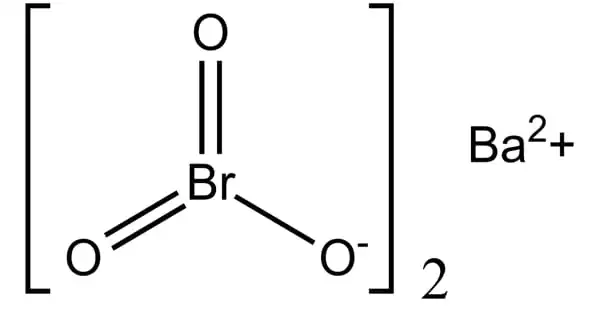With the world’s attention focused on the United Nations Climate Change Conference (COP26) in Glasgow, Scotland, strategies for decarbonizing energy infrastructure are a hot topic. However, opponents of renewables call into question the dependability of systems that rely on intermittent resources. A recent study led by researchers at the University of California, Irvine addresses the issue of reliability head-on.
The authors of a recent paper published in Nature Communications, which included experts from China’s Tsinghua University, the Carnegie Institution for Science, and Caltech, stated that most of the current electricity demand in advanced, industrialized nations can be met by a combination of wind and solar power. However, that encouraging finding comes with the caveat that additional efforts will be required to fully meet the countries’ requirements.
Many countries now get about a tenth of their electricity – the global average – from wind and solar: India (9%), China (9.5%), Japan (10%), Brazil (11%), the United States (12%), and Turkey (12 percent ). China has been rapidly expanding, adding more wind and solar generation (+503 TWh) since 2015 than the United States’ total wind and solar generation in 2020.
Wind and solar could meet more than 80% of demand in many places without crazy amounts of storage or excess generating capacity, which is the critical point. There are some definite geophysical constraints on our ability to produce net-zero carbon electricity around the world.
Professor Steve Davis
According to the study, the most reliable systems, which are dominated by wind power, are capable of meeting electricity requirements in the countries studied 72 to 91 percent of the time, even without energy storage. With the addition of 12 hours of energy storage capacity, systems become solar-powered and can meet demand 83 to 94 percent of the time.
“Wind and solar could meet more than 80% of demand in many places without crazy amounts of storage or excess generating capacity, which is the critical point,” said co-author Steve Davis, an Earth system science professor at UCI. “However, depending on the country, there may be many multi-day periods throughout the year when some demand in a zero-carbon future will need to be met by energy storage and other non-fossil energy sources.”
The researchers examined 39 years of hourly energy demand data from 42 major countries to assess the sufficiency of wind and solar power resources to meet their needs. They discovered that a full transition to sustainable energy resources may be easier for larger, lower-latitude countries that can rely on solar power availability all year.

The researchers cited Germany as an example of a relatively smaller country in terms of landmass, at a higher latitude, which will make meeting its electricity needs with wind and solar resources more difficult.
“Historical data shows that countries farther from the equator can occasionally experience ‘dark doldrums,’ during which there is very limited solar and wind power availability,” said lead author Dan Tong, assistant professor of Earth system science at Tsinghua University. “A recent occurrence of this phenomenon in Germany lasted two weeks, forcing Germans to rely on dispatchable generation, which is often provided by fossil-fuel-burning plants.”
Among the solutions proposed by the researchers to this problem are increasing generating capacity to exceed annual demand, developing long-term storage capabilities, and pooling resources from multiple nations on a continental landmass.
“Europe is a good example,” said Tong, who began working on this study as a post-doctoral scholar in the Department of Earth System Science at UCI. “A system that combines solar resources from Spain, Italy, and Greece with abundant wind available in the Netherlands, Denmark, and the Baltic region could provide a lot of consistency and reliability.”
The researchers discovered that wind and solar power systems could meet roughly 85 percent of the total electricity demand in the United States, and that amount could be increased further through capacity expansion, the addition of batteries and other storage methods, and collaboration with other national partners on the North American continent.
“There are some definite geophysical constraints on our ability to produce net-zero carbon electricity around the world,” Davis said. “It all boils down to the distinction between the difficult and the impossible. It will be difficult to completely eliminate fossil fuels from our power generation mix, but we can do so if technologies, economics, and sociopolitical will align.”
Building enough wind and solar to keep up with demand growth will be a major challenge for many countries, even before they start assisting in reducing CO2 emissions from legacy fossil generation. According to the IEA’s Net Zero report, total electricity generation will more than double between now and 2050, allowing for the electrification of other sectors such as heating and transportation.
















